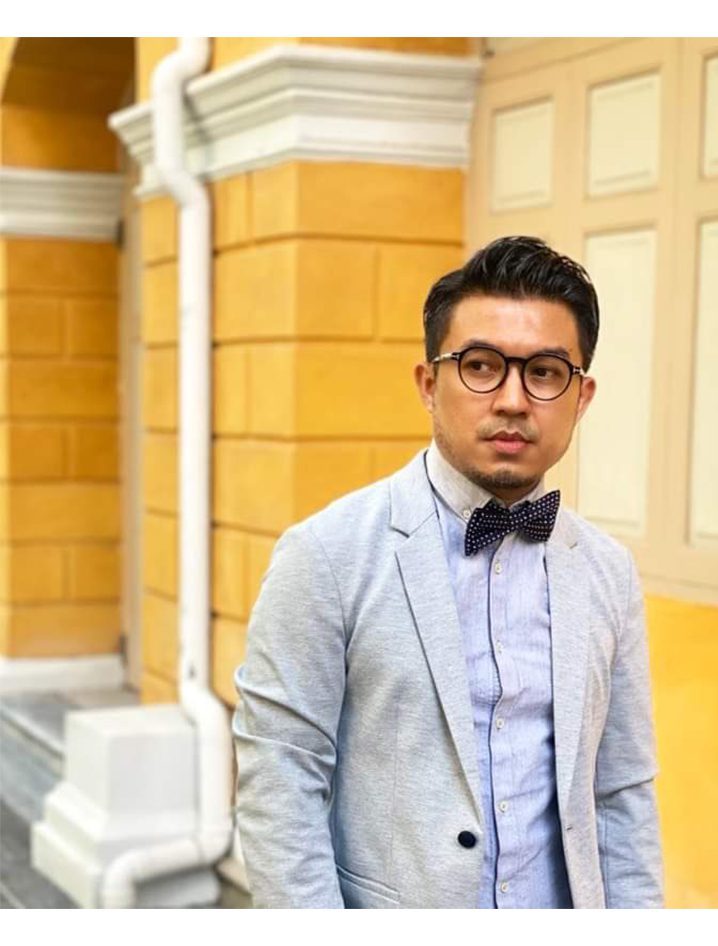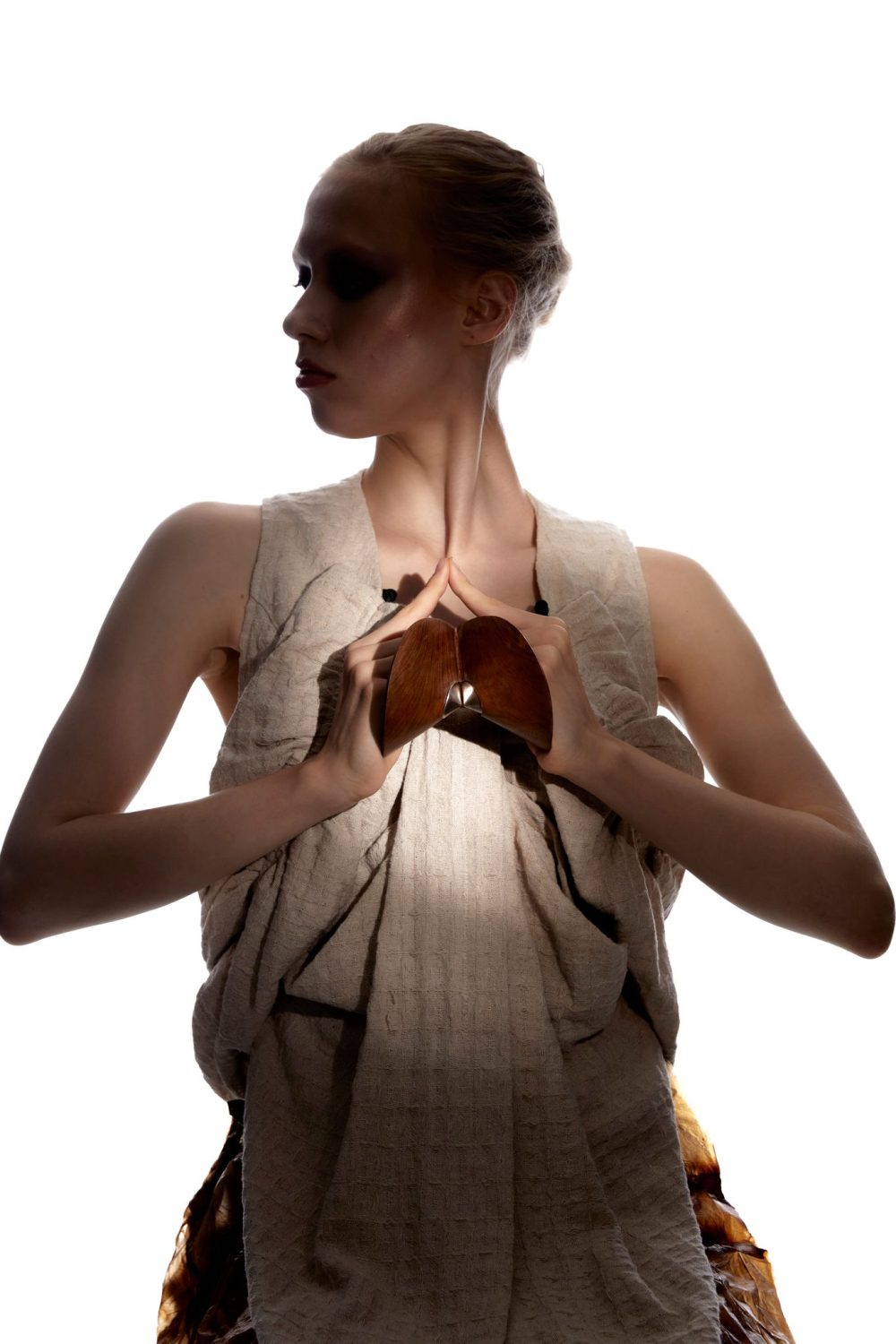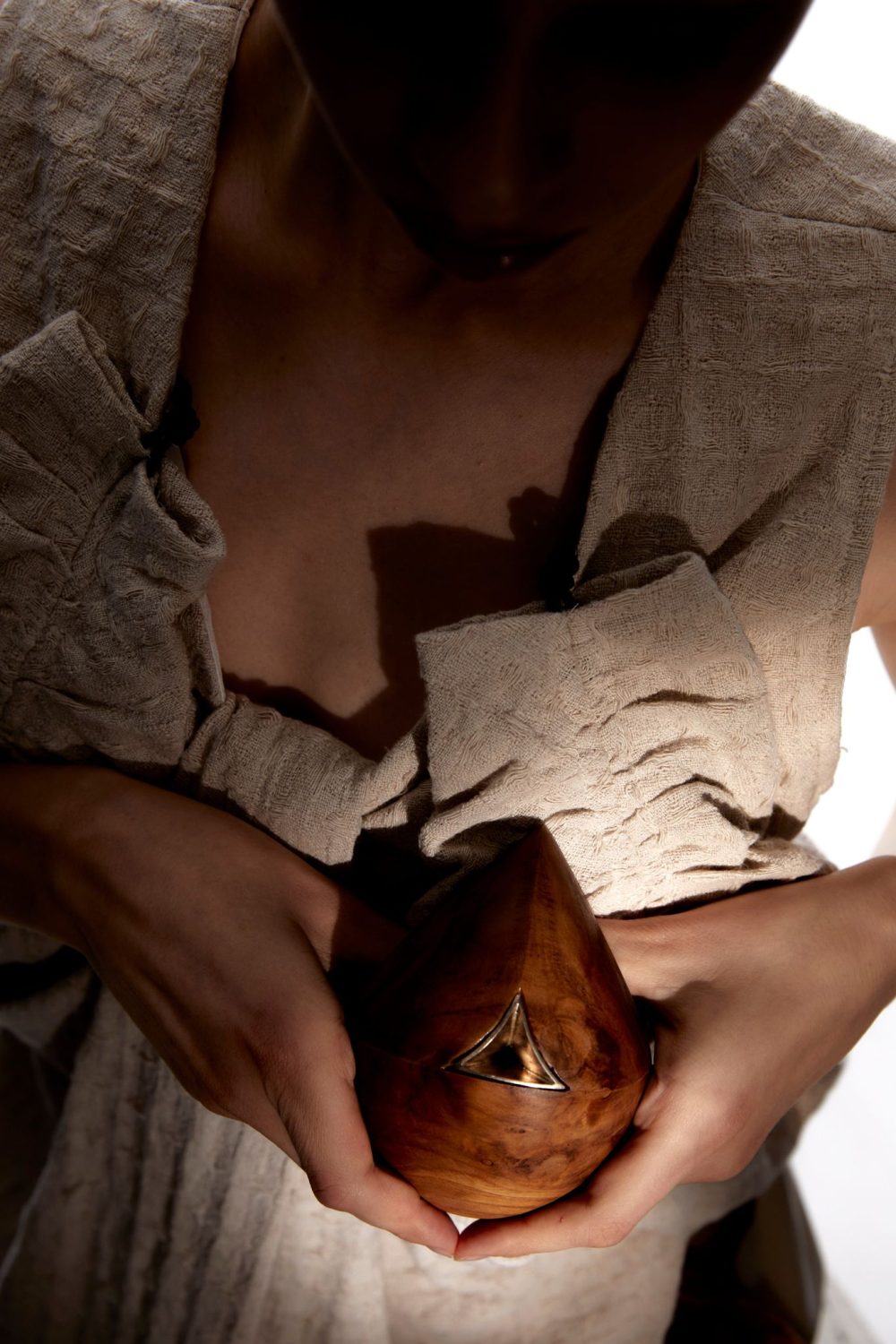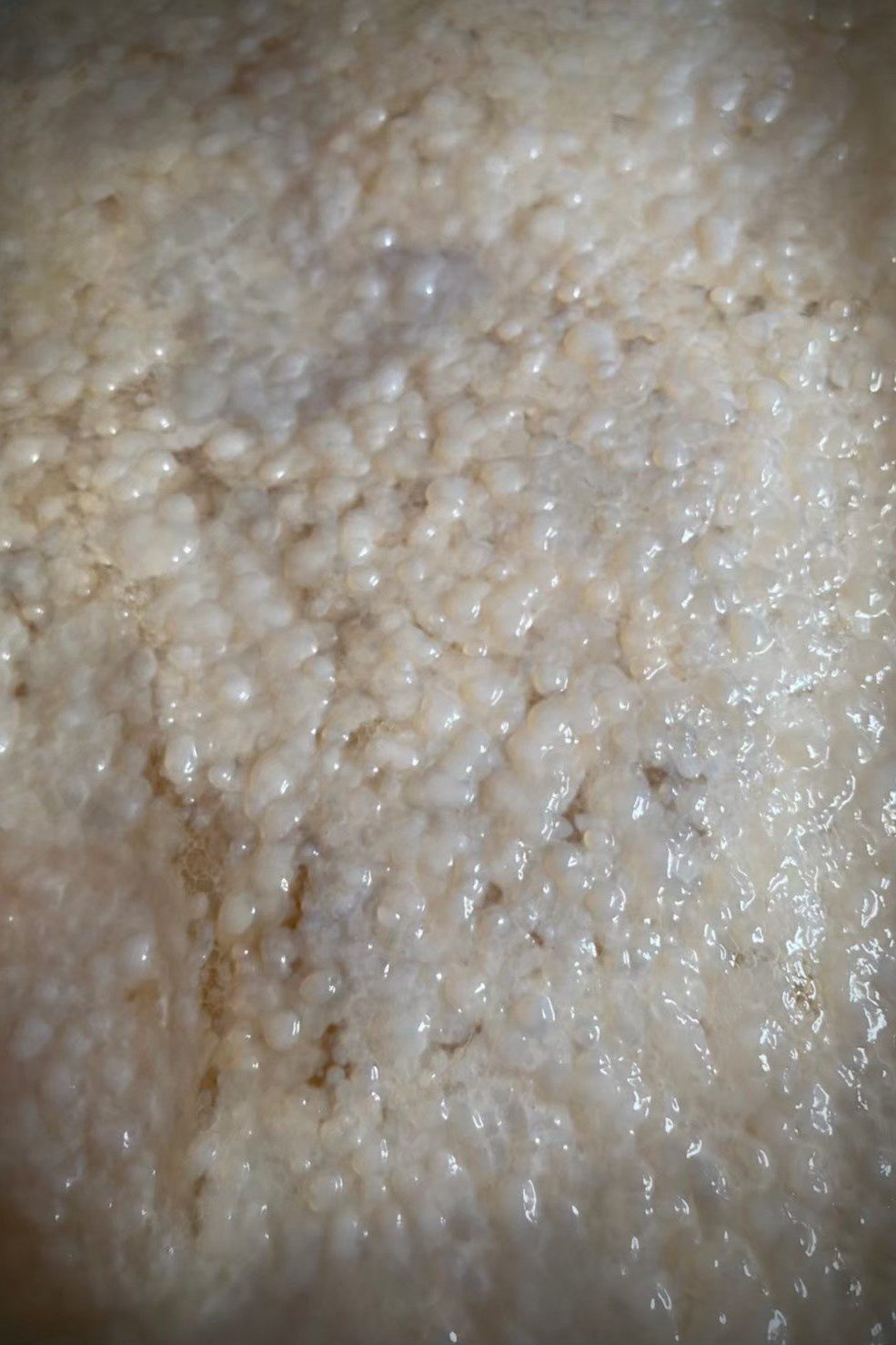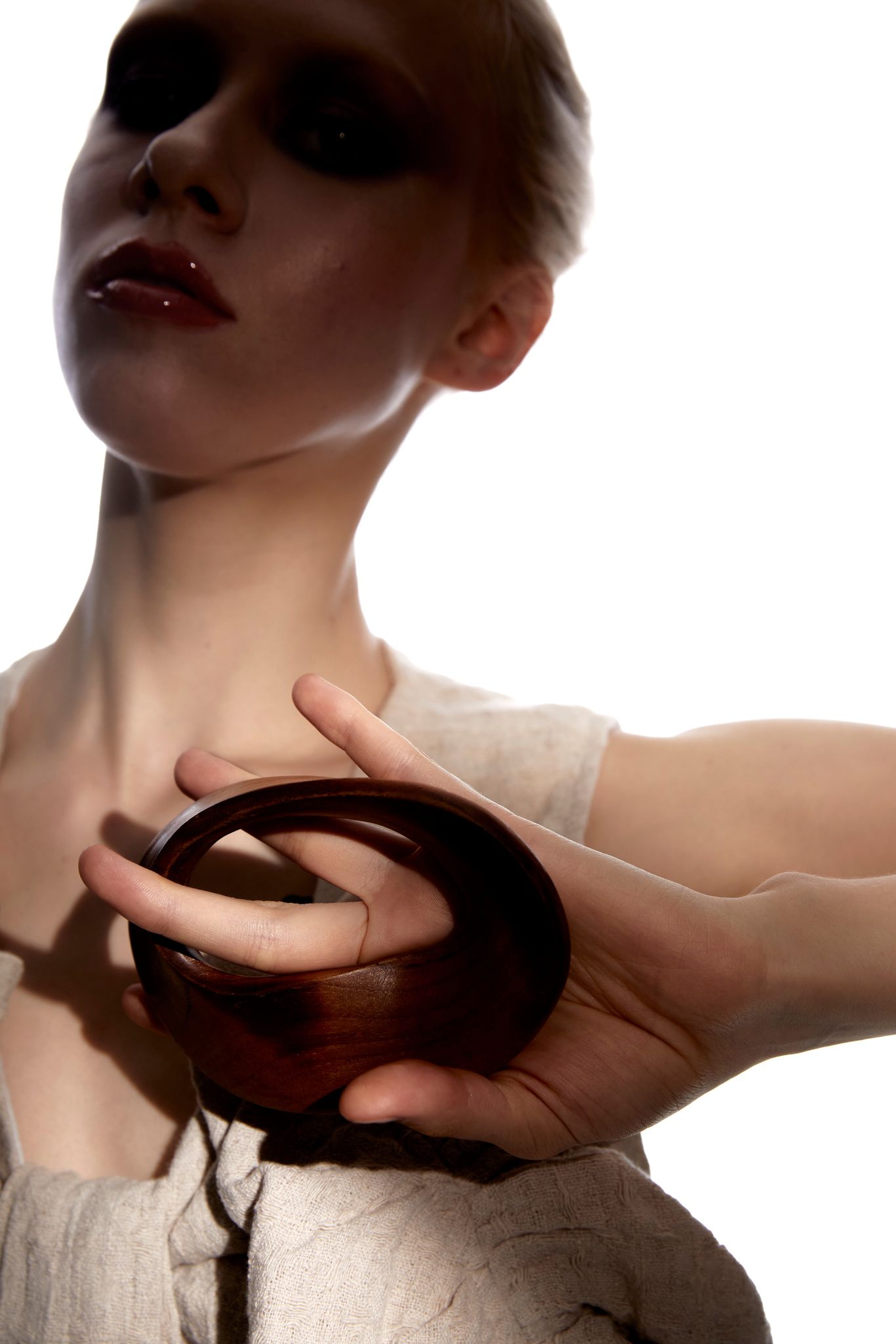
ART4D SPEAKS TO SUPAVEE SIRINKRAPORN ABOUT HER LATEST COLLABORATION WITH KAJORNSAK NAKPAN IN DESIGNING A CLOTHING ITEM MADE FROM PREHISTORIC SOIL FROM AN ARCHAEOLOGICAL SITE AND REVEALS THE CREATIVE PROCESS THAT EMPLOYS THE PAST AS A FORMULA FOR THE DESIGN
TEXT: PRATARN TEERATADA
PHOTO COURTESY OF SUPAVEE SIRINKRAPORN
(For Thai, press here)
art4d previously featured Kajornsak Nakpan, an acclaimed Thai textile designer and his innovative synthesized melanin from soil used as a biomaterial textile substitute. In his subsequent work, he has collaborated with Sapavee Sirinkraporn to employ prehistoric soil from an archaeological site in Pang Ma Pha district of Thailand’s Mae Hong Sorn province as the primary element of their creation. The site is where they discovered a sizable amount of wooden caskets. Inside are skeletons of humans from the Holocene Era with the origin that can be traced back to 26,000 years before the beginning of recorded history or the Prehistoric Period.
The revelation resulted in a new study and creative process that connects the physical past to works that depict the contemporaneity of the present. Their partnership received first place at the A’ Design Award & Competition in Italy, and both of them were invited to give a talk at the Association of Contemporary Jewellery in London.
art4d congratulates the two talented designers on their incredible academic achievements. We’re also lucky enough to bring you a brief conversation we had with Supavee.
art4d: Would you mind telling us about the origin of the project from which the design was derived?
Supavee Sirinkraporn: The piece we created is a clothing item made of wearable bio-fabric garment, which came from the soil taken from a pre-historic archaeological site. The design references the physical characteristics of the site’s terrain and how the surface portrays its unique physicality. The essence becomes a new body of knowledge, which revolves around the color ‘brown’ from the material’s natural color. The experimental process synthesizes bio-fibre and melanin from Streptomyces, bacteria naturally present in soil, into textile substitutes or bio-cellulose. This type of soil produces melanin with similar qualities to the melanin found in human cells, which is primarily responsible for determining a person’s skin color. We believe this physical characteristic can indicate how ethnicity is both expressed and perceived.
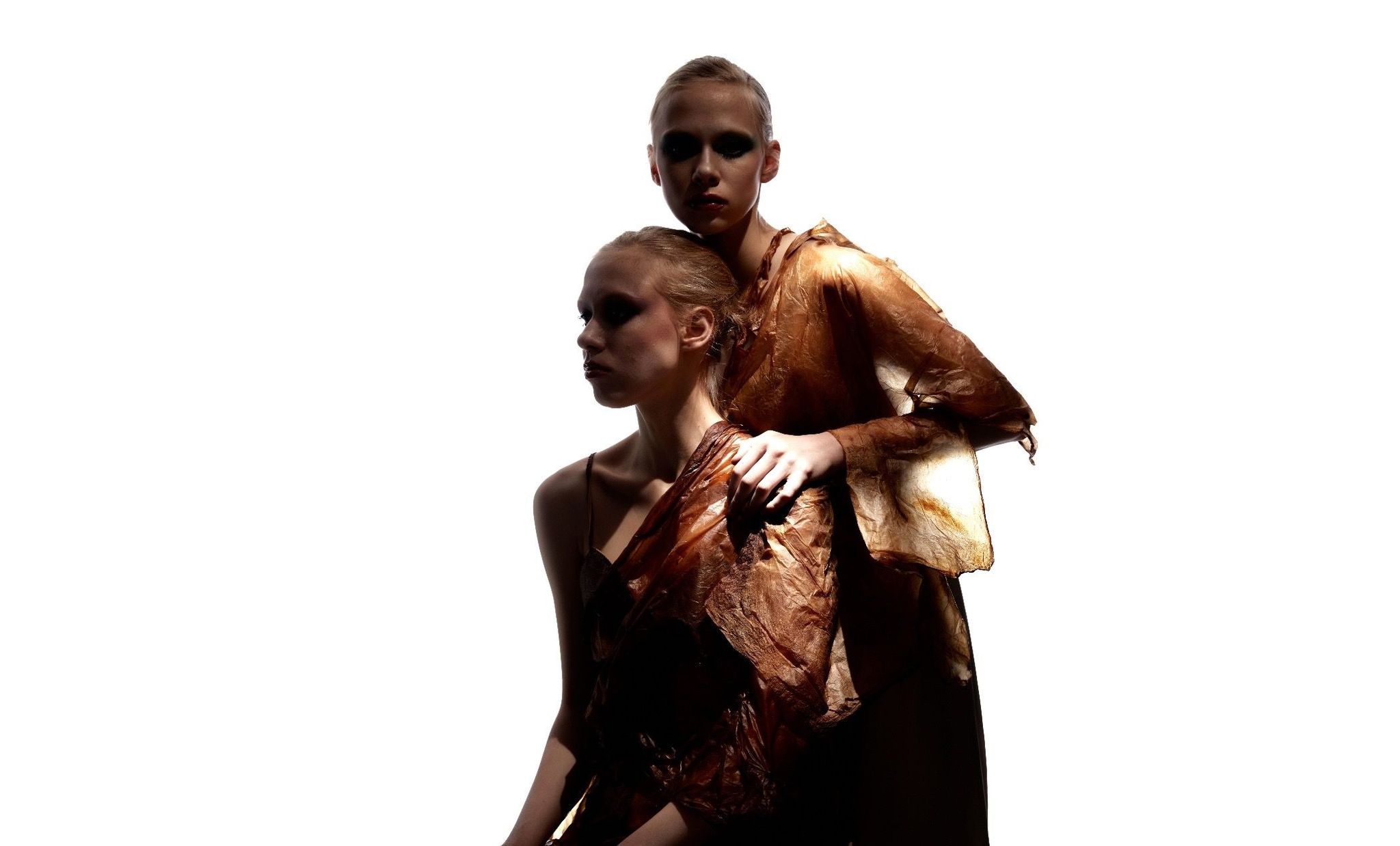
The origin of the collaboration can be traced back to an archeological research and excavation project at the high land of Pang Mapha District of Mae Hong Son province. The project, which received its funding from the Thailand Research Fund, was conducted in three parts, spanning between 2001 and 2020, with Professor Dr. Rasmi Shoocongdej from the Faculty of Archaeology at Silpakorn University leading the team.
The three projects have led to the discovery of over hundreds of thousands pieces of evidence from the site. The traces we found can be dated back to the people living during the Late Pleistocene Era, which is the time when the largest number of evidence about humans has been found. Among the discovered artifacts are wooden coffins or ‘man ghost caskets’ that date to the final prehistoric period. The caskets have the form of enormous wooden caskets with a variety of carvings on their lids. Inside, we discovered human skeletons as well as other important objects buried with each corpse, which was regarded the most important aspect of the ritual in which the deceased were honored. The objects include bronze jewelry, beads, pieces of fabric and clothing, tools such as a stone axe and a steel axe, and ceramic utensils etched with a rope-like pattern.
The discovery of these crucial pieces of evidence has prompted archaeologists to hypothesize that the man ghost caskets were actually tombs of ancient humans imbued with beliefs that had their own rationale behind them, and whose origin requires further investigation. The essence of the study of the culture behind the caskets and the objects found inside them, as well as the origin of knowledge that can be traced to a sacred site, conveys a ritualistic belief, people’s wisdom through the use of tools, and their taste as seen in the way they decorated objects, including the natural resources. The characteristics discovered in these elements can be interpreted and presented in the shape of contemporary ethnic fashion design and clothing. The work hopes to make modern-day people become more aware of their connection with their ancestors and become more cognizant of values that have been inherited through generations.
art4d: What is the process from beginning to end like?
SS: The process is separated into two parts: the explanation of the jewelry’s significance and the display of its values through the design and production stages.
In terms of the explanation, the significance of jewelry rests in the manner in which humans have closely associated themselves through learning processes that revolve around objects and ritualized behaviors. The pattern of how humans adorn themselves with jewelry has been a part of popular culture for ages. Archeological evidence from the prehistoric period demonstrates that it is profound, attentive to detail, and strongly related with ancestors, sacred artifacts, and nature. It enables individuals in this day and age to experience a product with stunning aesthetics and the mental impact its beauty has on people.
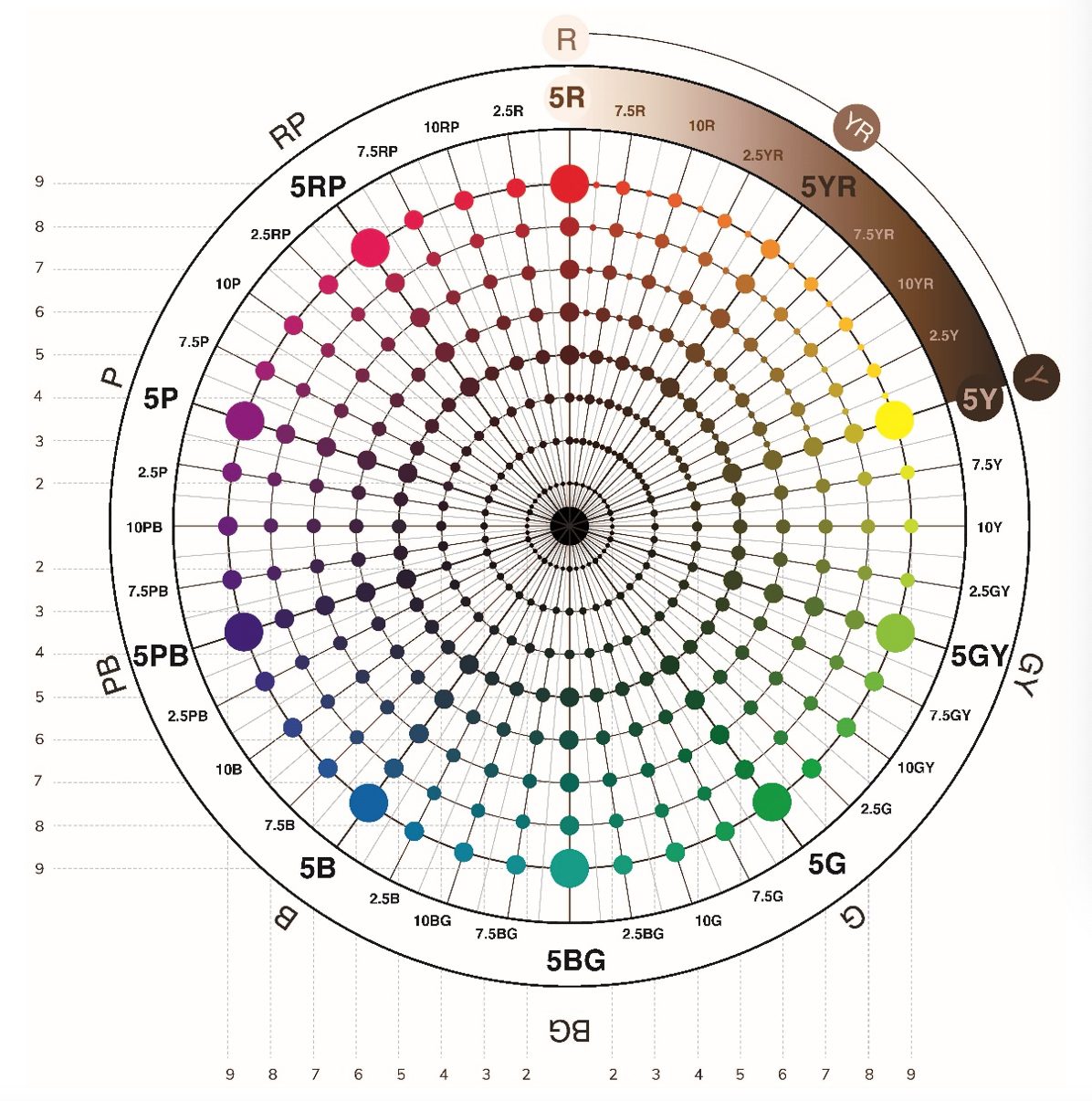
The demonstration portion can be observed in the manner that the values of ancient wisdom, inventive skills, and techniques coincide with the ability of humanity to create and make things in different times, at different periods. Currently, we feel that as humans, we should assist in bolstering the stability of natural resource, which is a fundamental foundation. These are national legacies that have contributed to the factors that transform cultural capital into a tangible asset. The action research is conducted with the goal of maximizing the value of a previously useless site. The selection of ‘soil’ from the sacred site expresses the concept of ‘Ton Kam Neoud’ (a Thai word means ‘origin’) because ‘soil’ is one of the resources that has always been essential to human existence. These artifacts and features illustrate the past, such as the settlement. Local cultures and civilizations of distinct communities are revealed.
art4d: What are your plans now that you have won the A’ Design Award & Competition?
SS: I believe that design and creativity are like secret weapons for the Thai people, and they are about to be turned into a variety of new opportunities. It is an effort to establish a local identity as a soft power. It indicates that government assistance for additional study and research is still crucial. These can go hand in hand with the development of tourism and creative industries, and local wisdom. What we are currently working on has recently begun its construction. We are collaborating with Thai Wacoal Public Company Limited (Thailand) to make textile substitute products from soil using a combination of bio materials and digital technology. Not only that, it is in line with the concepts and practice of environmental conservation and sustainability as well.



